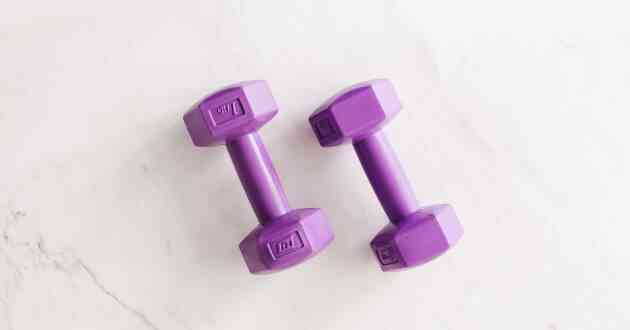How To Build Strong Gluteal Muscles

Strong gluteal muscles not only look good but also help you stay physically fit. Here's some tips to build muscle.
The gluteal muscles, commonly referred to as the glutes, constitute a cluster of potent muscles that exert significant influence on our everyday activities, ranging from walking to lifting. However, the pursuit of strong and well-defined glutes transcends aesthetics; it is a matter of functional vigor and overall fitness. In this article, you will delve into six fundamental approaches to assist you in cultivating formidable gluteal muscles, thereby enhancing both your physical performance and appearance.
Crafting Your Glute Building Workout Plan
A well-structured workout plan is essential for achieving optimal results when it comes to building strong gluteal muscles. While you've covered various exercises and strategies for glute development, a personalized glute-building workout plan can help you put it all together in a way that suits your fitness level and goals. Your glute-building workout plan should include a combination of exercises such as squats, lunges, hip thrusts, and deadlifts, each tailored to your abilities and gradually increasing in intensity. Aim for consistency in your workouts, gradually adding resistance and increasing repetitions over time. Don't forget to incorporate rest days for muscle recovery.
Harnessing the Strength of Squats
Squats stand as one of the most potent exercises for targeting the gluteal muscles. When executed with precision, squats activate the glutes in conjunction with the quadriceps and hamstrings. To maximize the impact on your glutes, it is imperative to maintain proper form. Begin with your feet shoulder-width apart, lower your body as if you are descending into an invisible chair, and ensure your back maintains an upright position. Employ free weights like a barbell or dumbbell to heighten the resistance. The inclusion of squats in your workout regimen will kindle muscle growth and foster the development of strength in the glutes. Commence with bodyweight squats and progressively graduate to more challenging variations to yield the most favorable results.
Lunges: A Multifaceted Glute Constructor
Lunges represent a versatile exercise that zeroes in on the gluteal muscles while simultaneously enhancing stability and balance. To perform a basic lunge, step forward with one leg and lower your body until both knees form a 90-degree angle. Exercise caution to ensure your front knee does not extend past your toes. To introduce an element of challenge, introduce dumbbells or a barbell across your shoulders. Lunges can be tweaked in various ways, incorporating reverse lunges, lateral lunges, or walking lunges. The integration of these variations into your workout routine will provoke activation in different regions of your glutes and inject a dose of variety into your sessions.
Recognizing the Significance of Hip Thrusts
Hip thrusts are a specialized exercise crafted to pinpoint and target the gluteal muscles directly. To execute a hip thrust, sit on the ground with your upper back in contact with a bench and a barbell positioned atop your hips. Rotate the barbell over your hips by propelling them upward while keeping your chin tucked. This motion places the spotlight on the glutes. Hip thrusts particularly excel at strengthening the gluteus maximus, the most expansive muscle within the gluteal group. Embed them into your routine and incrementally intensify the resistance to witness substantial muscle development and augment your gluteal strength.
Deadlifts: The Comprehensive Glute Stimulator
While deadlifts predominantly target the lower back and hamstrings, they engage the glutes throughout the exercise's full range of motion. Correct form during deadlifts entails bending at the hips and knees to lower the barbell to the ground, followed by raising it upward. The glutes assume a pivotal role in hip extension throughout this exercise. Deadlifts qualify as compound exercises, signifying their proficiency in simultaneously working multiple muscle groups and facilitating overall strength development. To emphasize the glutes, employ a sumo deadlift stance characterized by a wider foot positioning and a more upright torso.
Conclusion
Robust and well-defined gluteal muscles do not merely augment your physical appearance; they also contribute to heightened functional potency and overall well-being. By assimilating exercises such as squats, lunges, hip thrusts, and deadlifts into your routine, you are poised to develop a firm and potent rear end. Do not overlook the importance of targeting the gluteus medius with isolation exercises like donkey kicks and fire hydrants. Lastly, bear in mind that adequate nutrition and recuperation play a pivotal role in realizing your goals of gluteal fortification. By adhering to these strategies, you are well on your way to crafting formidable and striking gluteal muscles.



